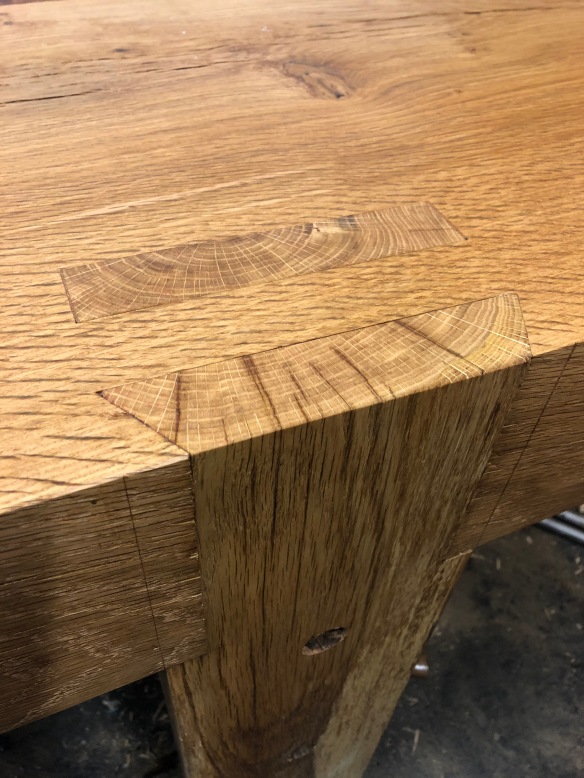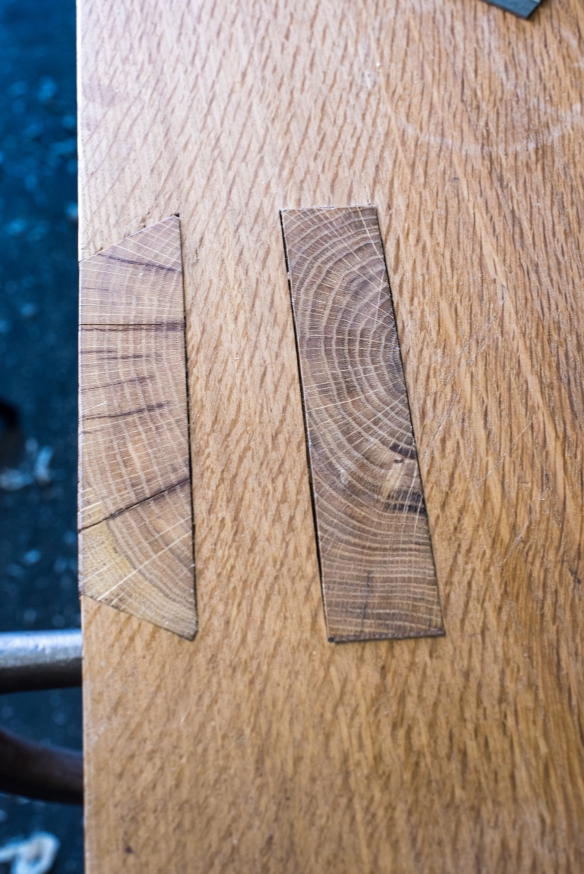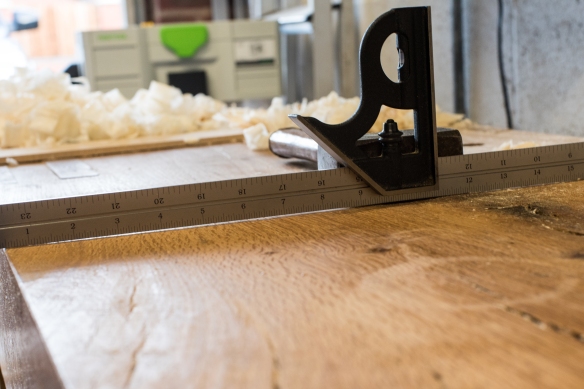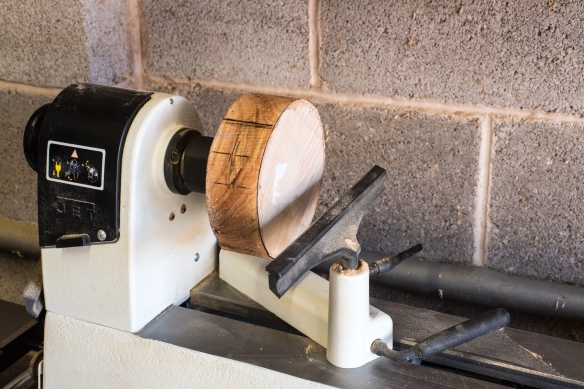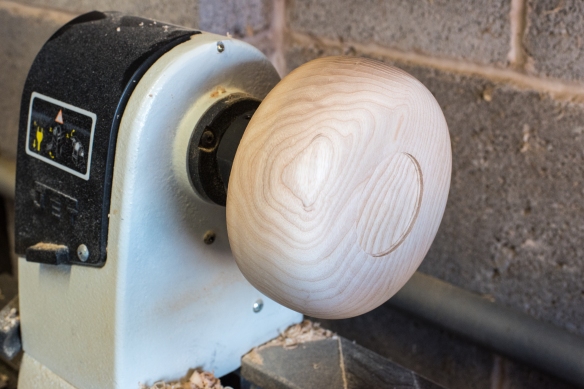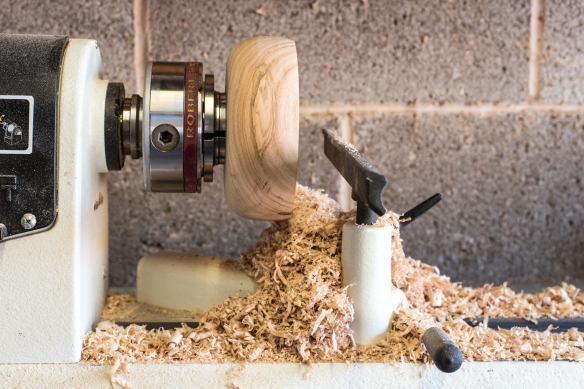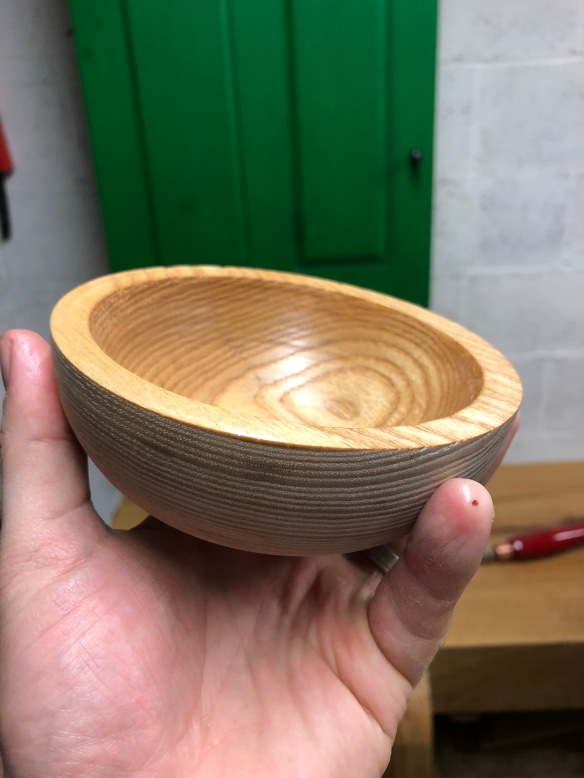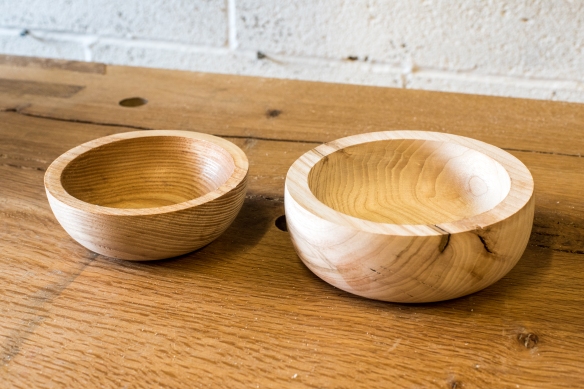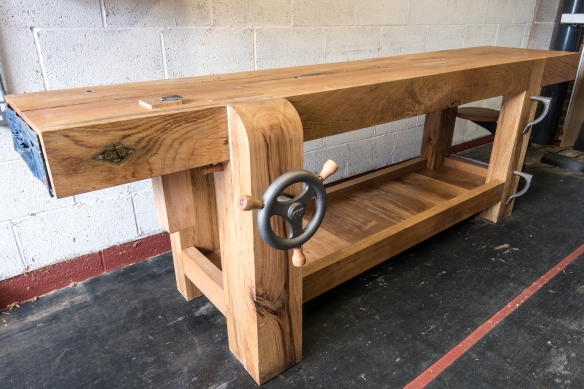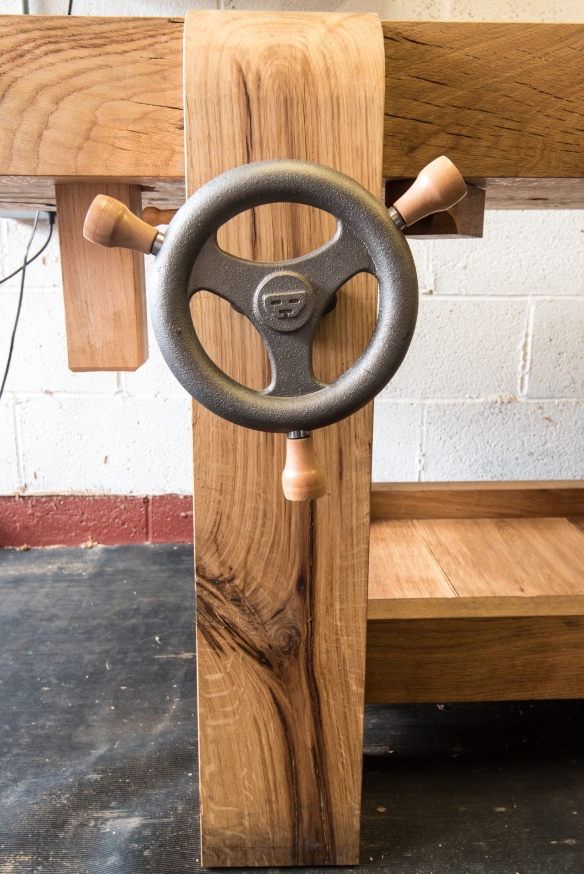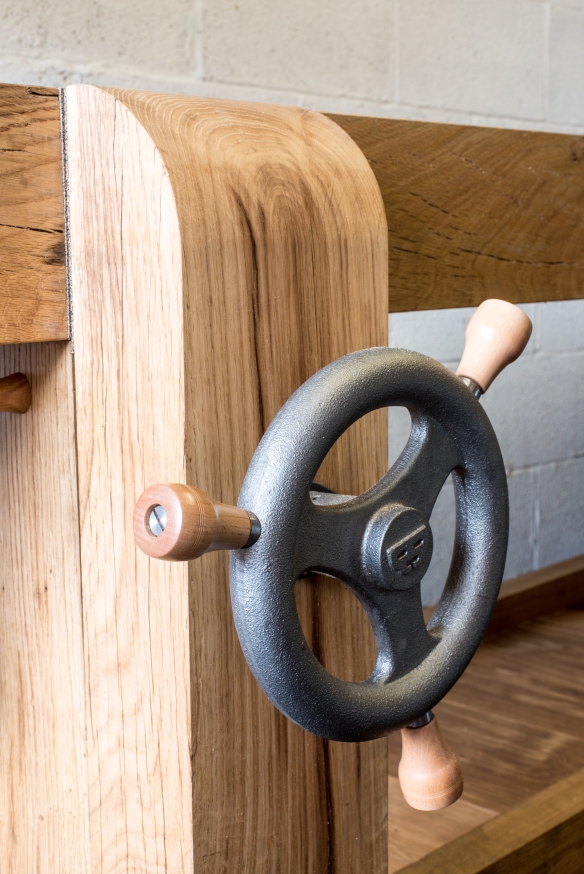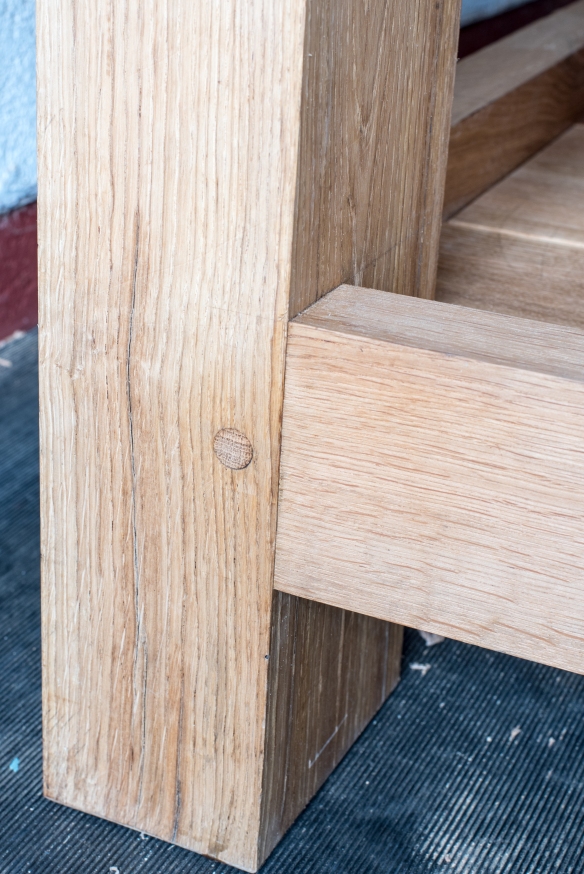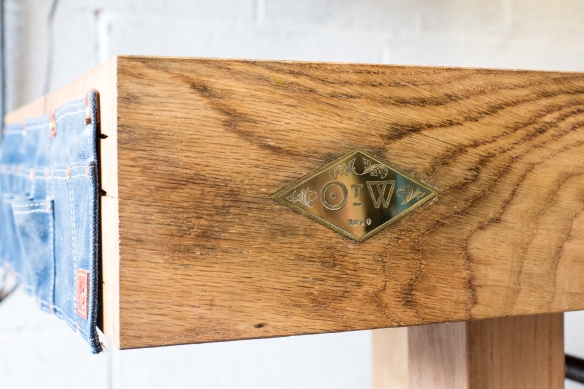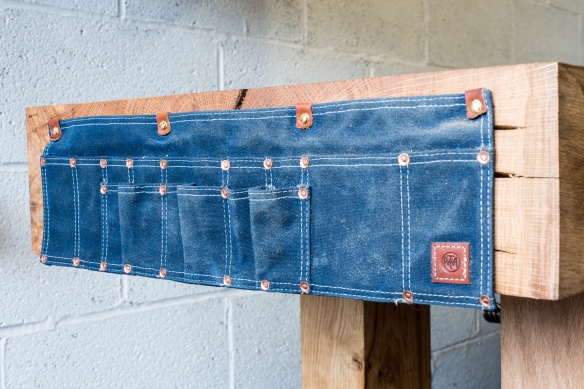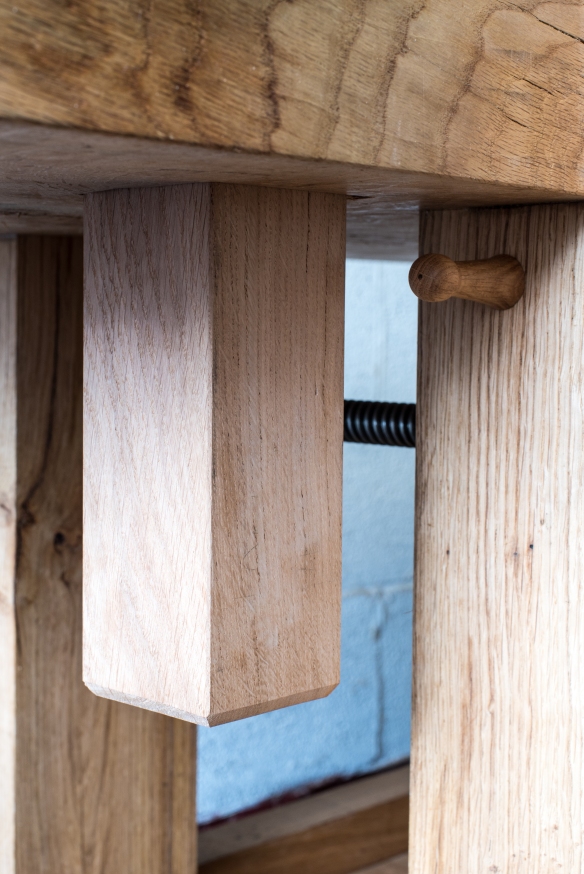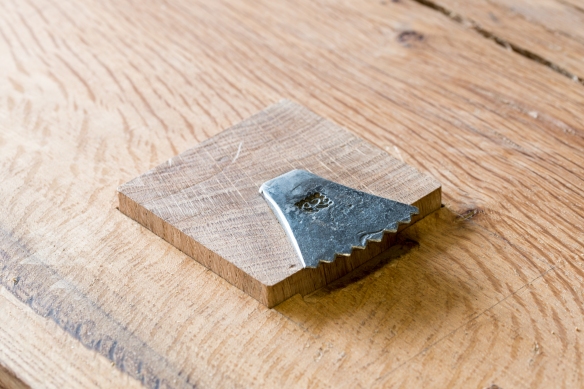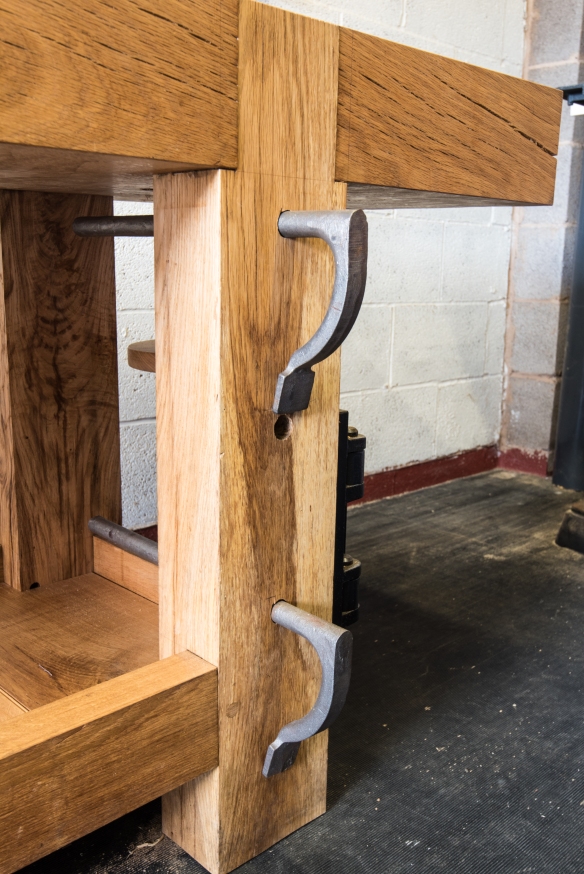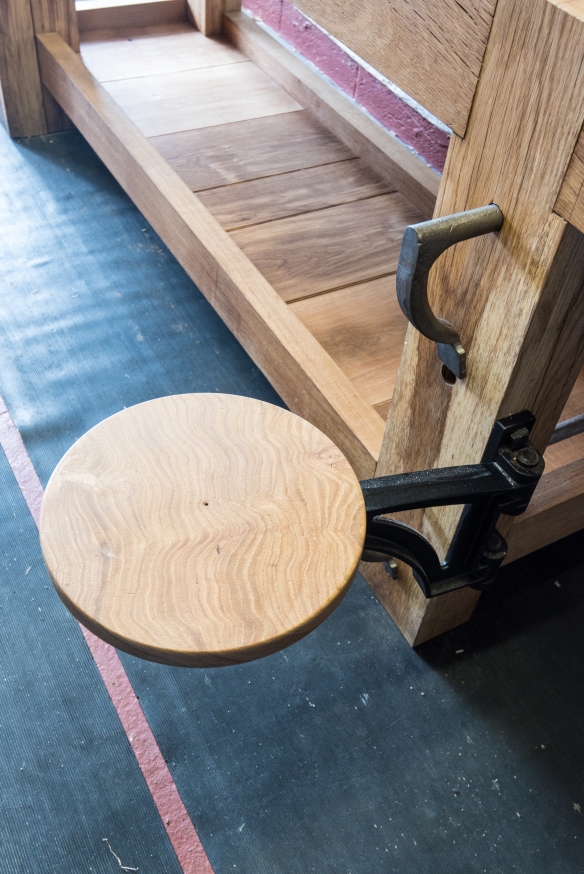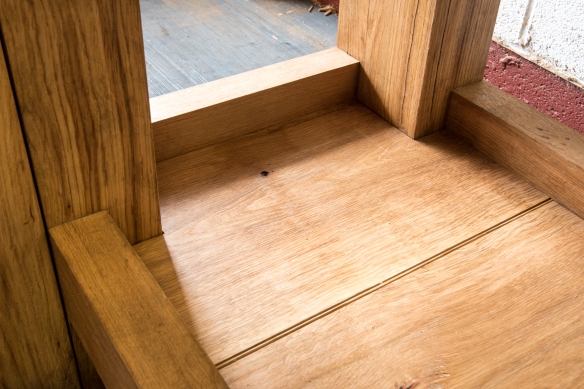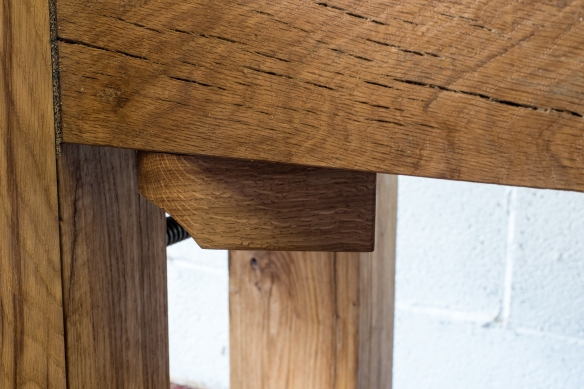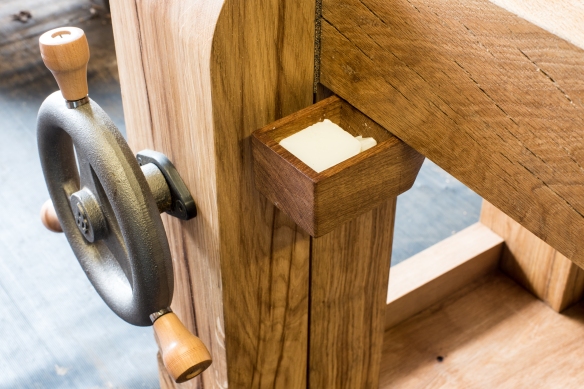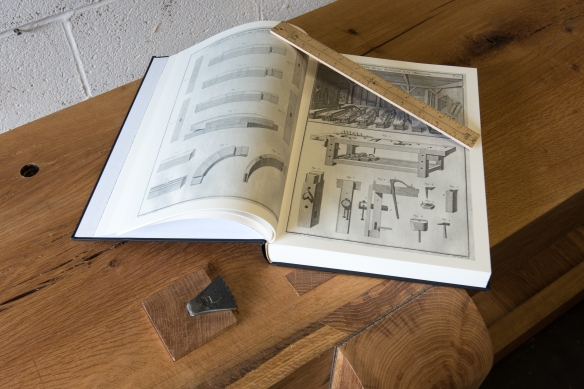
Cleaning up the first edge
Now that the Roubo bench is finished I’m digging into my first furniture project in some months, not to mention the first thing which will be built at the Roubo bench – a boarded bookcase from The Anarchist’s Design Book, in maple to match my staked desk from the same book. I actually purchased and broke down stock for this build back in February 2018 with (optimistic) intention that I would have the bookcase and a matching chair completed by the summer of that year. Needless, to say after gluing up the first panel I got way laid by two stick chairs, a set of campaign stools, and the Roubo bench. All good things to be distracted by, but the pile of maple and boxes of books next to my desk aren’t going anywhere, and I’ve been looking foreward to building this project for ages. So now is a good time to get building.
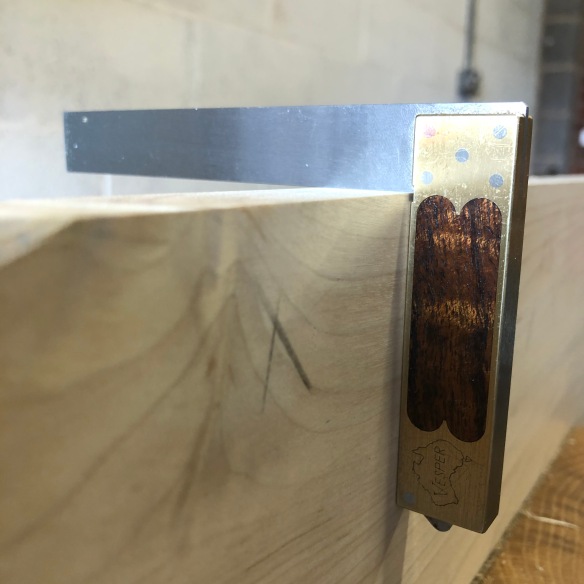
Chris Vesper is the ultimate arbiter of squareness in my workshop
When Megan teaches this project at the LAP store front it is a two day class, cutting joinery, assembling the bookcase, cleaning it up and getting acquainted with cut nails. That sounds like a good way to spend a few days. But that compressed timetable assumes the timber is dimensioned and ready for use (one of the major benefits of taking a class). Try as I might, I was unable to get maple in the 13″ widths needed for the project (the perils of using an American hardwood in the UK – I hear in the States 13″ wide maple liteally grows on trees). So before I can get to the joinery I’ve got five panels to glue up and flatten, less the panel I glued up in 2018. That’s a decent amount of work gluing and processing stock by hand. It’s a good job I enjoy using my hand planes.
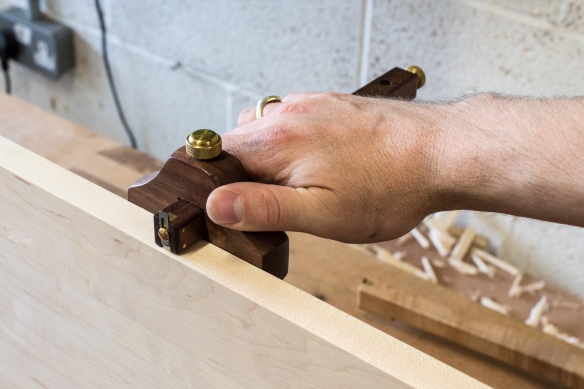
Marking panel thickness
As an easy start I have been processing the panel I glued up in 2018. The interesting thing about the process is not flattening the board – I’ve written about that process plenty of times before (a good soundtrack is advisable, and as I’ve been on an IRS-era R.E.M kick recently I’ve had Document playing quite a bit). No, what has been interesting is getting accustomed to different ways of working at the Roubo bench.
To traverse the board flat I’ve been holding it with a combination of planing stop and doe’s foot with holdfast. Rock solid work holding and simple to set up. For working along the grain, I abandoned all work holding that fixes the workpiece in one position, and worked into a batten held by the planing stop and holdfast. If you are accustomed to cinching work between bench dogs in a tailvise, this “loose” approach to workholding can be a leap of faith. But it works very nicely indeed, and an additional benefit is the increased amount of feedback from the tool and workpiece. You’ll soon learn if your plane is not sharp, because it’s harder to muscle a dull blade through the cut if the workpiece can slide out of the way. Similarly, the workpiece will tell you if you’re not applying pressure in the right places, or skewing the plane in the wrong direction, because the timber will slide from under the tool. Instead of being a hinderance this is really helpful, because if you learn from these cues then planing becomes more efficient, and you remember to sharpen more frequently. This learning curve with the bench has made a routine operation (flattening stock) a thought provoking and very beneficial experience. I’m sure the bench has more to teach me as we get acquainted.
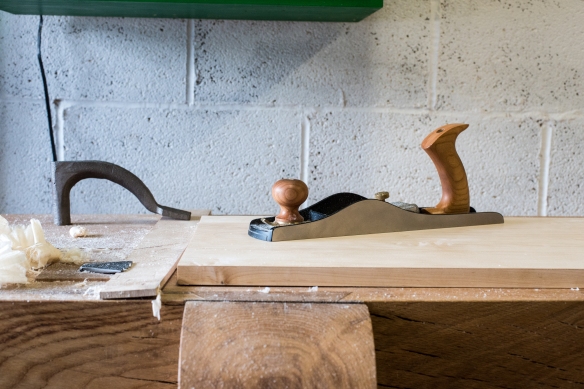
Planing into a batten, with the No62
The maple I’m using is beautiful stuff, but prone to areas of bad tearout. While I normally use my standard issue bevel-down bench planes for processing stock (No 5, 8 and 3, in that order) I’ve found myself reaching for the No62 bevel-up plane, which when sharpened to a 50 degree bevel tames even the most truculent grain with ease. So after traversing the grain with the No5 and a cambered blade, I’ve been working along the grain with the No62 to remove traversing marks and before finishing up with the No3 to achieve a final finish. The first panel is now ready for joinery, so I’ll be moving on to the next panel (and my first glue-up at the Roubo bench) shortly.
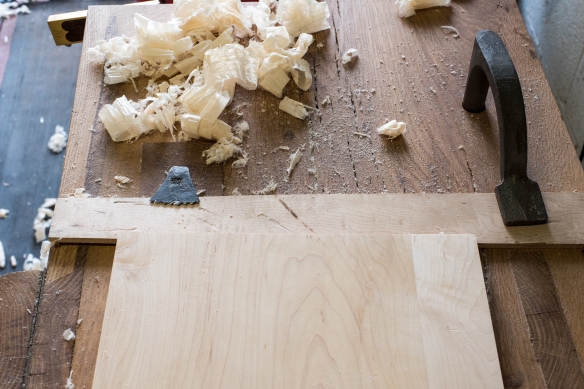
Planing stop, holdfast and batten (I’m using an old fretboard blank)


